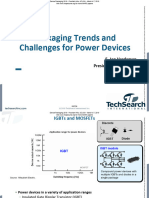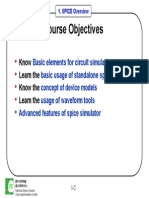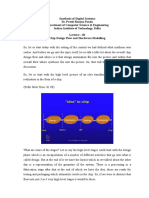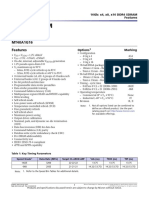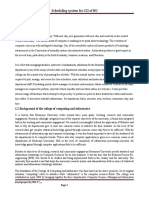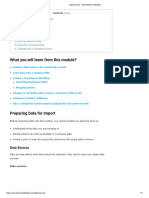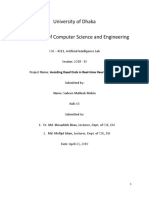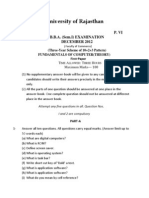100% found this document useful (1 vote)
854 views23 pagesARM Processor Roadmap
ARM Processor Roadmap
Uploaded by
Ki KiCopyright
© © All Rights Reserved
We take content rights seriously. If you suspect this is your content, claim it here.
Available Formats
Download as PDF, TXT or read online on Scribd
100% found this document useful (1 vote)
854 views23 pagesARM Processor Roadmap
ARM Processor Roadmap
Uploaded by
Ki KiCopyright
© © All Rights Reserved
We take content rights seriously. If you suspect this is your content, claim it here.
Available Formats
Download as PDF, TXT or read online on Scribd
/ 23
















